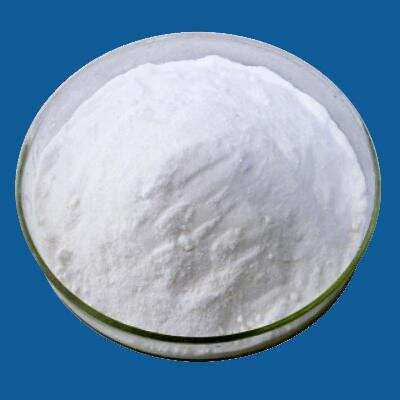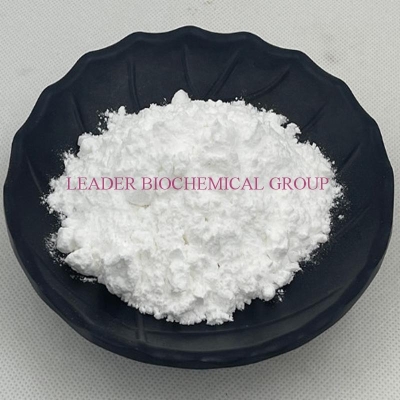-
Categories
-
Pharmaceutical Intermediates
-
Active Pharmaceutical Ingredients
-
Food Additives
- Industrial Coatings
- Agrochemicals
- Dyes and Pigments
- Surfactant
- Flavors and Fragrances
- Chemical Reagents
- Catalyst and Auxiliary
- Natural Products
- Inorganic Chemistry
-
Organic Chemistry
-
Biochemical Engineering
- Analytical Chemistry
-
Cosmetic Ingredient
- Water Treatment Chemical
-
Pharmaceutical Intermediates
Promotion
ECHEMI Mall
Wholesale
Weekly Price
Exhibition
News
-
Trade Service
4-Amino-3-chlorobenzoic acid is a chemical compound that is commonly used in the production of a variety of chemical products in the chemical industry.
This compound is a derivative of benzoic acid, which is a naturally occurring chemical found in a variety of plants and animals.
The production of 4-amino-3-chlorobenzoic acid involves a number of steps, including the reaction of benzoic acid with chlorine gas and the subsequent hydrolysis of the resulting acid to produce the amino-substituted derivative.
This process is relatively simple and can be carried out using a variety of chemical reagents and equipment.
One of the primary uses of 4-amino-3-chlorobenzoic acid is as a intermediate in the production of dyes and pigments.
This compound is converted into a variety of azo dyes and triarylmethane dyes through a series of chemical reactions, which impart color to a variety of textiles, plastics, and other materials.
In addition to its use in dye production, 4-amino-3-chlorobenzoic acid is also used as a pharmaceutical intermediate, a catalyst, and a chemical reagent in a variety of other applications.
The production of 4-amino-3-chlorobenzoic acid is a well-established process that has been widely used in the chemical industry for many years.
However, the use of this compound and other chemicals in the production of dyes and pigments can have a significant impact on the environment.
For this reason, many companies in the chemical industry have implemented numerous measures to minimize their environmental impact and ensure the safe use and handling of these chemicals.
One of the primary methods of reducing the environmental impact of chemical production is through the use of sustainable and renewable resources.
Many companies are now using renewable feedstocks, such as plant-based materials, to produce chemicals, including 4-amino-3-chlorobenzoic acid.
This approach not only reduces the environmental impact of chemical production, but it can also provide economic benefits by reducing the cost of raw materials.
Another important aspect of environmental responsibility in the chemical industry is the safe disposal of chemical waste.
Many companies in the industry have implemented procedures to minimize the generation of waste and ensure that any waste that is generated is disposed of in a safe and responsible manner.
This can include measures such as recycling and reusing chemicals, as well as the safe transport and disposal of hazardous waste.
In addition to these measures, many companies in the chemical industry are also working to improve the sustainability of their operations by reducing energy consumption and greenhouse gas emissions.
This can include the use of energy-efficient equipment, the implementation of renewable energy sources, and the optimization of production processes to reduce energy usage.
Overall, the production of 4-amino-3-chlorobenzoic acid and other chemicals in the chemical industry is a complex and multifaceted process that requires careful consideration of environmental and safety concerns.
By implementing sustainable and responsible production practices, companies in the chemical industry can minimize their environmental impact and continue to provide valuable products and services to a wide range of industries.







